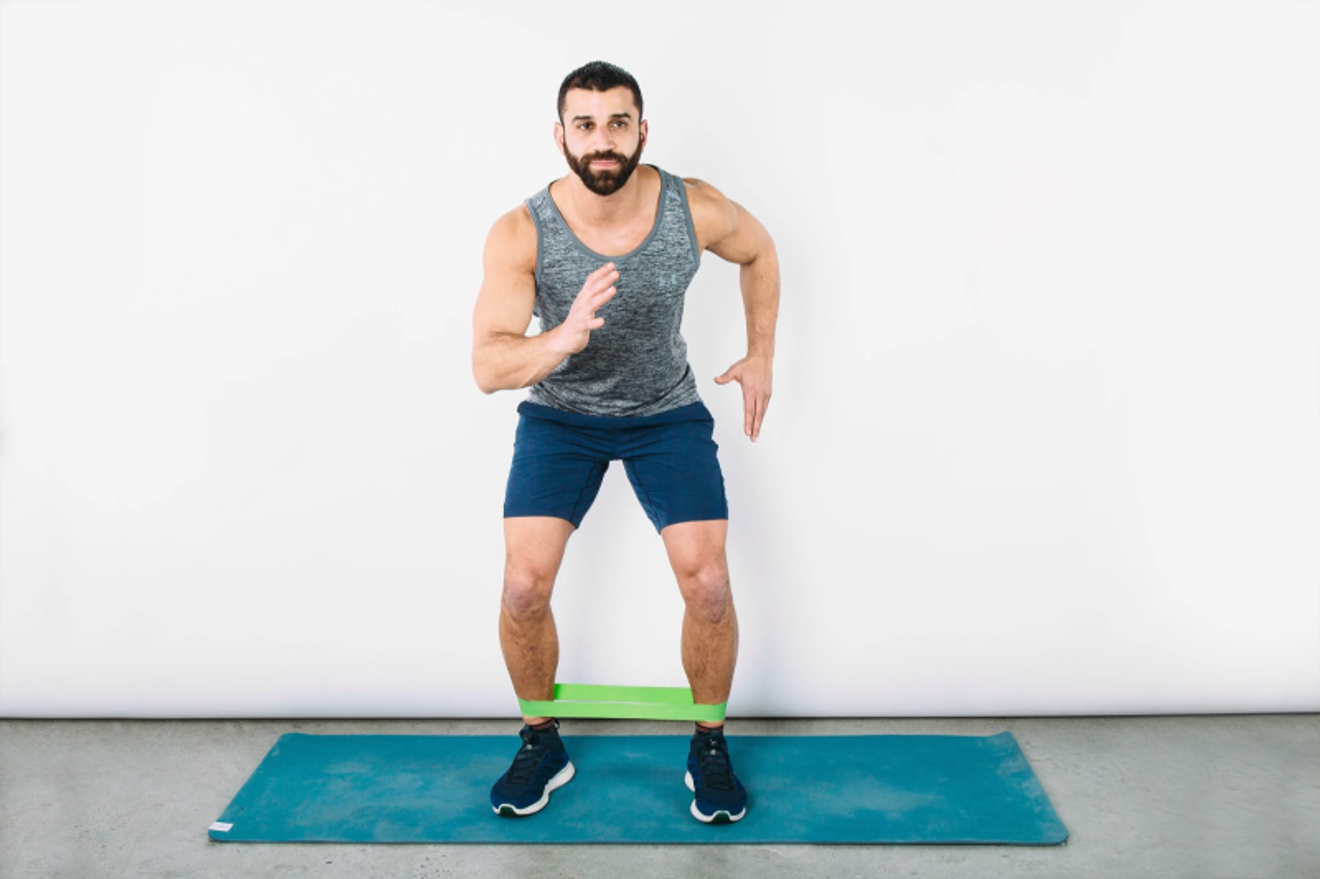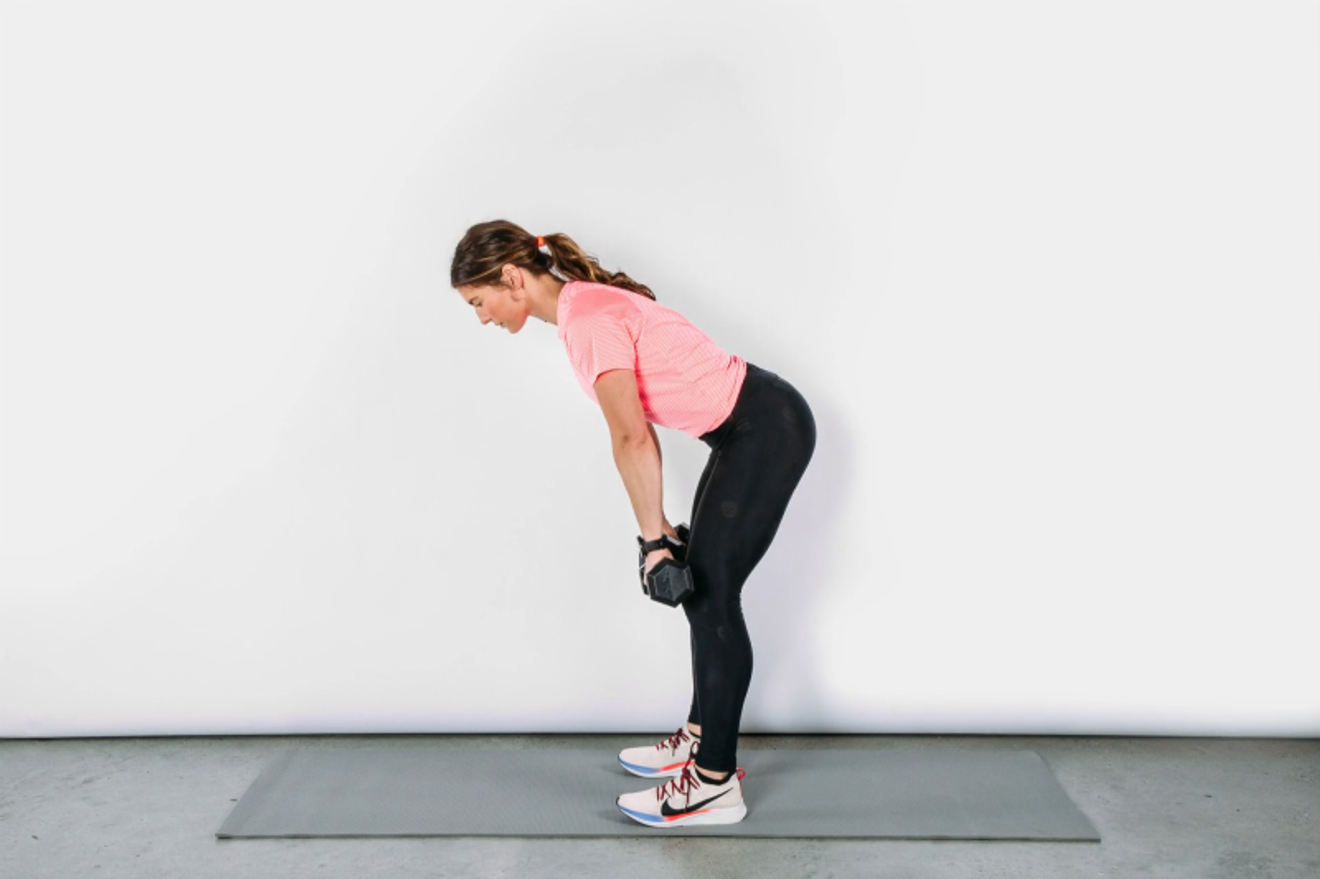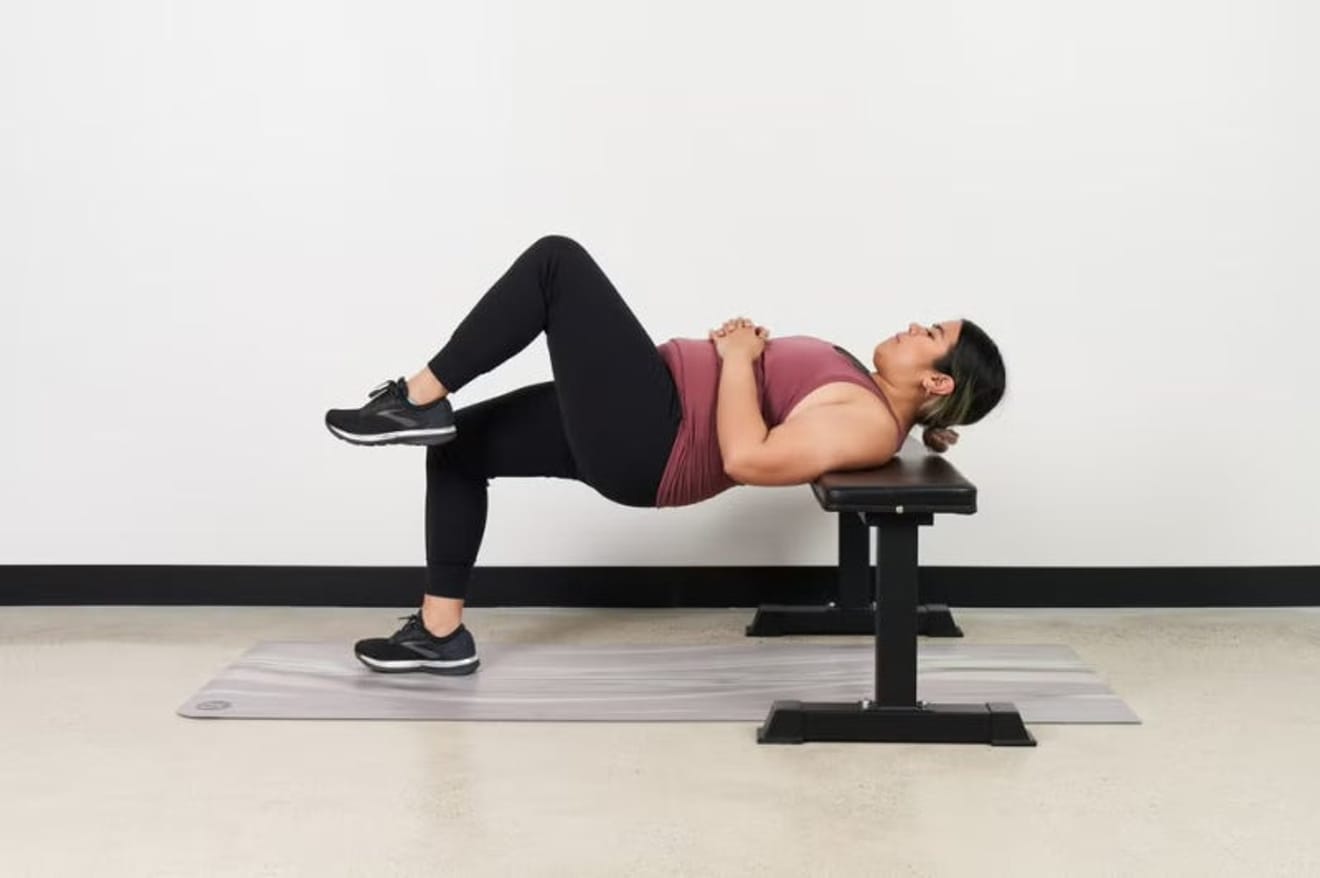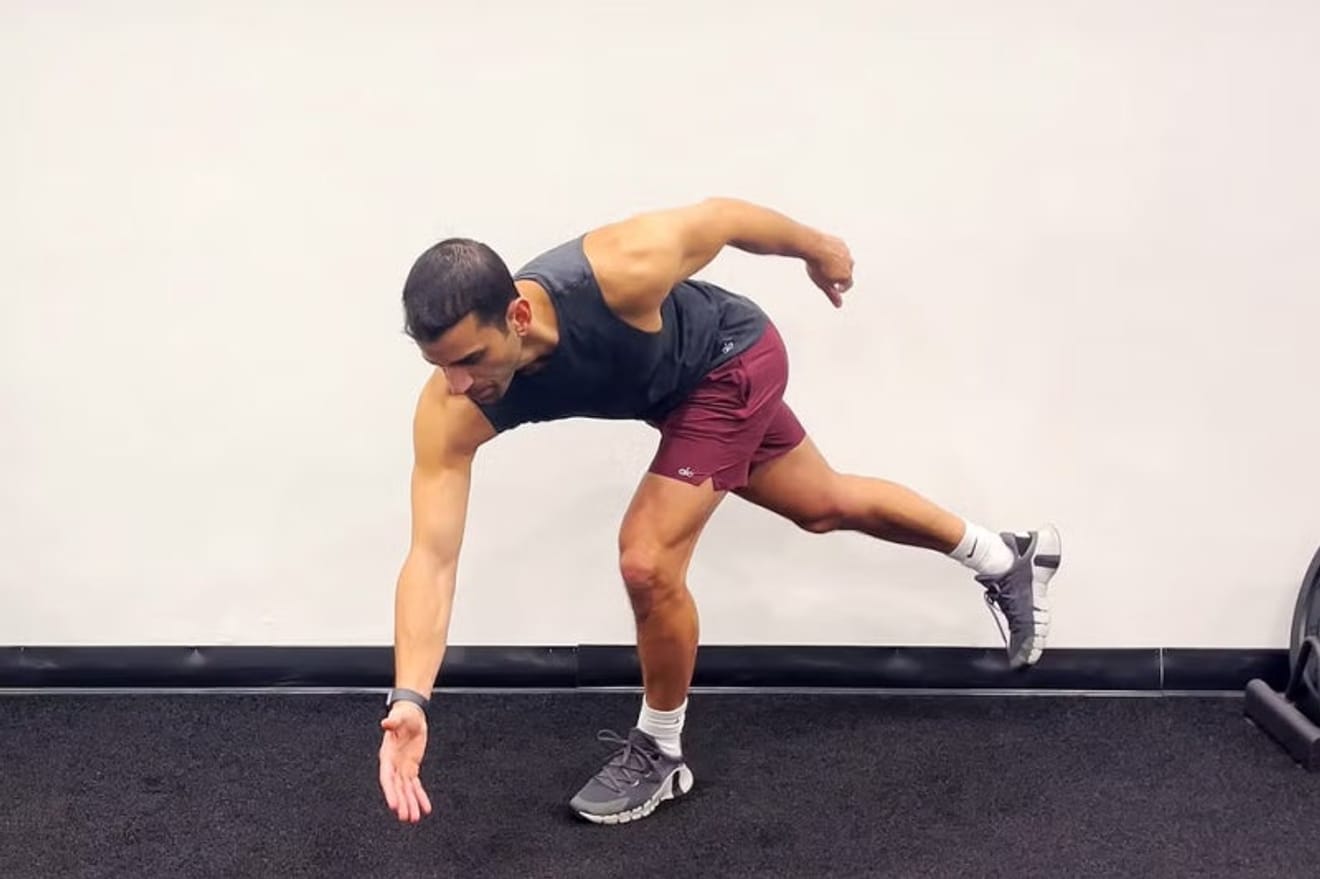Subject
- #Running
- #Muscles
- #Pelvis
- #Stability
- #Injury
Created: 2025-01-26
Created: 2025-01-26 18:47
The pelvis plays a crucial role in running. But how much attention are you paying to it? If you consistently experience injuries, decreased speed, or stiffness during runs, your pelvis is the most likely culprit. The pelvis and the surrounding muscles are key to speed, power, and stability. If this area is weak or lacks flexibility, your entire running form can be compromised.

Strengthening a weak pelvis doesn't require a complete overhaul of your running training. Let's explore the role of the pelvis, the impact of a weak pelvis, and how to address it. #Running
The Role of the Pelvis in Running
The pelvis, where the femur and pelvic bones meet, has a ball-and-socket joint structure, allowing for a wide range of motion: bending, extending, rotating, and moving sideways. Several muscles, including the iliopsoas, adductors, gluteal muscles, and hamstrings, connect to this area, enabling these movements. The pelvis's primary role is providing stability. This plays a crucial role in controlling the movement of the pelvis, spine, and torso, transferring power between the upper and lower body, maintaining proper posture, and minimizing unnecessary movements. These functions significantly improve running efficiency. Especially at faster speeds, pelvic strength and rotation become even more critical. While slower paces rely more on calves and thighs, faster paces require the hamstrings and glutes to provide more power, maintain stability, and generate fast, powerful performance.
Impact of a Weak Pelvis on Performance
Excessive sedentary behavior and prolonged sitting shorten and stiffen the hip flexors, hindering the pelvis's full extension. This reduces forward propulsion and prevents the leg from extending fully backward, hindering power generation. Increased risk of injury: A weak pelvis can cause knee pain, lower back pain, and discomfort in the pelvis itself. For example, pelvic instability puts excessive stress on the knees, a major cause of running injuries.
Signs of a Weak Pelvis
Knee pain: A weak pelvis can increase stress on the knee joint, causing pain. This pressure increases especially when the leg cannot fully extend backward or when the body is maintained in an overly upright position. Lower back pain: If pelvic movement is restricted, the lower back compensates, leading to overuse and pain. Pelvic discomfort: When the pelvis loses stability, pain can occur in the outer pelvis or surrounding muscles.
Strengthening the Pelvis and Improving Stability
Pre-run warm-up (5-7 minutes): Gently awaken the muscles before running to enhance pelvic stability and promote efficient running posture.

runnersworld
Hip hinge exercises: Hip thrusts, bridges, and deadlifts strengthen the glutes and posterior chain, improving pelvic stability.

runnersworld
Single-leg exercises: Box step-ups, split squats, and single-leg Romanian deadlifts improve balance and stability by practicing single-leg movements.

runnersworld
Add rotational movements: Incorporate torso rotation into split squats and slight rotation into single-leg deadlifts to make pelvic rotation during running more natural.

runnersworld
The pelvis is central to running, providing fundamental stability and power. A weak pelvis can lead to decreased performance and injury, but adding simple exercise routines or modifying existing movements can make a big difference.
Comments0